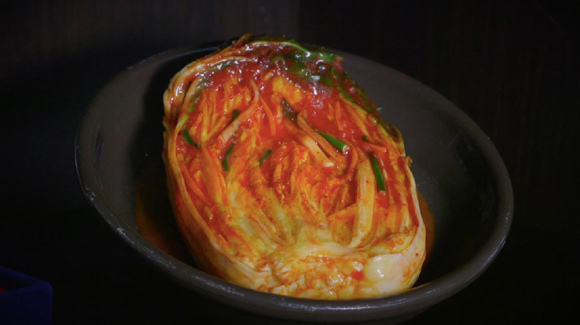 |
|
Kimchi, a Korean food staple, has become an export business for China. [Photo/CGTN] |
Even if you don't know much about Korean food, you're still likely to have heard of kimchi. The fermented and pickled cabbage is a staple in Korean cuisine and is gaining popularity among food lovers worldwide. Despite its origins, the kimchi on restaurant dinner tables in South Korea in recent years has largely been imported from China.
In Yanji city in Northeast China's Jilin province, restaurant owner Piao Lina makes kimchi for her patrons every day, a skill carried over from her mom.
"Almost every woman of Chaoxian ethnicity knows how to make kimchi," she said. "It's a family tradition. Around this time of the year, the whole family gathers and makes kimchi together."
However, with large-scale manufacturing taking over, this tradition has faded over the years. Jingangshan, one of the largest kimchi manufacturers in Yanji, produces around 20 tons daily. The steps aren't that different from Piao's but everything is done by machines.
Washed cabbages are cut in half and coated with salt for 16 hours, before they are rinsed and drained. One of the most important steps in making kimchi is to mix the cabbage with sauce. The secret sauce, which contains more than a dozen Chinese spices, should first be rubbed on to the cabbage with bare hands. After that, the cabbage is fermented for 10 days.